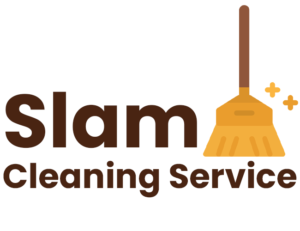Are you tired of trying to enjoy a relaxing shower after a long day, only to discover the water is barely trickling out of the showerhead? Low water pressure is a common problem that can transform simple tasks like washing dishes or watering the garden into frustrating chores. Let the team at Rooter Hero Plumbing & Air help. Our plumber provides a wide range of professional services including inspections and pipe repair. If you’re struggling with your water pressure, read below for information about how you can get your plumbing system back fast.
What is Water Pressure?
Let’s start with the basics. Water pressure is the force that pushes water through your pipes and out of your faucets, showerheads, and garden hoses. This force is generally measured in pounds per square inch. The average home’s water pressure typically lies between 45 and 80 psi. Various factors, such as gravity, pipe size, and the height of your water storage, can influence the water pressure in your home.
Unraveling the Causes of Low Water Pressure
Low water pressure can be caused by a variety of issues:
- Pipe Leaks: Leaks in your plumbing system can reduce water pressure as water escapes before it reaches your faucets.
- Pipe Corrosion and Mineral Blockages: Over time, pipes can corrode and accumulate mineral deposits, leading to blockages that restrict water flow.
- Faulty Pressure Regulator: The pressure regulator controls the water pressure in your home. A faulty one can result in too little (or too much) pressure.
- Peak Usage Times: Water pressure can drop during peak usage times, typically in the morning and evening when many people are using water.
- Municipal Supply Issues: Sometimes, the problem lies beyond your home. If your municipality is doing work on the water lines or if there’s high demand in your area, water pressure may drop.
Detecting Low Water Pressure
Now that we know the causes, how do we identify low water pressure? The signs can be as simple as a slow-filling bathtub, a weak stream from the kitchen faucet, or your washing machine taking an unusually long time to fill. If you’re keen on a more technical approach, a home water pressure gauge can be a handy tool.
Solutions for Low Water Pressure
- Check for Leaks
Start by checking for leaks in your pipes. Look for damp spots in your home, particularly in the basement, under sinks, and around toilets.
- Clean or Replace Faucets and Showerheads
Mineral build-up in your faucets or showerheads can decrease water pressure. A good cleaning can often solve the problem, but if the build-up is too severe, you may need to replace the fixture.
- Adjust the Pressure Regulator
If you have a pressure regulator installed in your home, check its setting. It should ideally be between 45 and 60 psi. If it’s set too low, you can adjust it by turning the screw on the valve.
- Flush the Water Heater
Sediment can build up in your water heater over time, reducing the water pressure. Flushing the water heater at least once a year can help to remove this sediment.
- Call a Professional
If you’ve tried these solutions and you’re still experiencing low water pressure, it may be time to call a professional plumber. They have the tools and expertise to diagnose and repair more complex issues.

Do You Need Help from a Qualified Plumber in Dixon, California?
Low water pressure can be a nuisance, but understanding the causes and knowing how to resolve them can save you a lot of frustration. Regular maintenance of your plumbing system can also help to prevent issues before they start. So the next time you’re faced with a trickle instead of a flow, call Rooter Hero Plumbing & Air. Our specialists can answer all of your questions and can also schedule an appointment with an experienced plumber in Dixon, California, or a nearby location.

